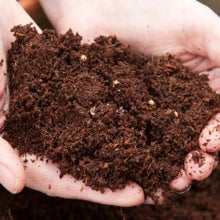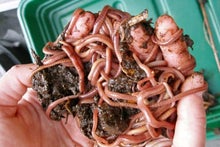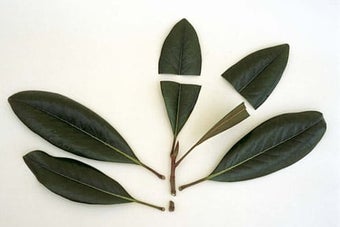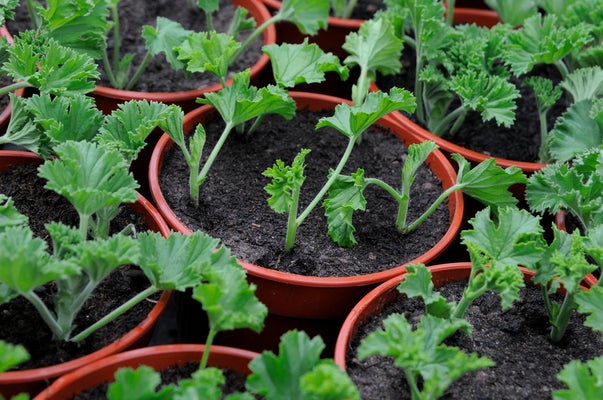
Quick facts
The quality of peat-free composts has greatly improved
They’re a blend of materials such as composted bark, coir and grit
They contain beneficial microbes that can protect young plants
Why choose peat-free
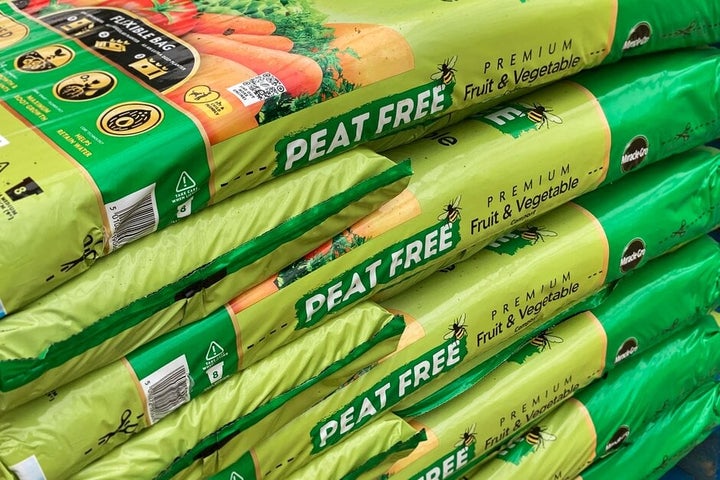
Most garden centres now offer a good selection of peat-free composts, and the options are increasing all the time. They’re usually made of a combination of materials, including coir, composted , composted , grit and sand. Further alternatives are also being trialled and tested.
Due to their high content of composted materials, peat-free composts are usually richer in beneficial microbes than peat-based composts. This can help to protect plants from harmful pathogens. However, over time, the microbes can use up some of the available nitrogen in the , so extra feeding may be required.
Peat-free composts are a good option for seeds and cuttings. But if you’re used to peat-based composts, you may need to make a few adjustments to your plant-care routine to achieve the best results, as we explain below.
For more on choosing peat-free composts, see:
Easy steps to peat-free success
Peat-free composts have different properties to peat-based, but you can achieve equally good results if you follow these simple tips:
1 Choose the right compost
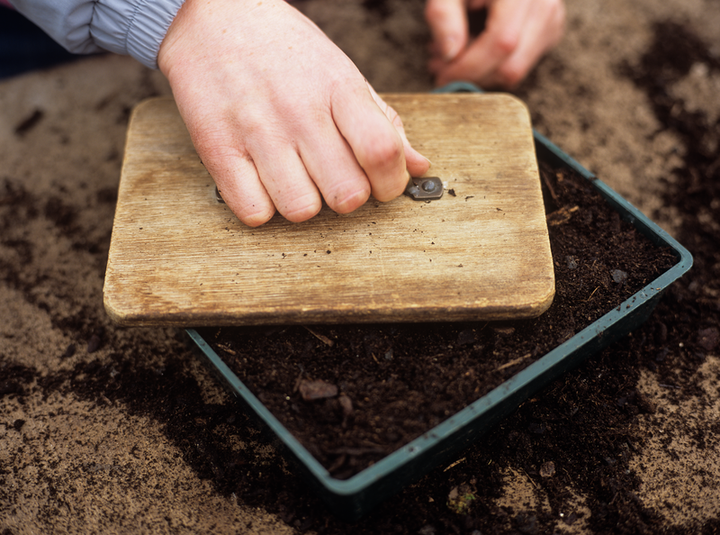
For sowing seeds and rooting cuttings, use specific seed and peat-free . These are milled to a fine texture, which is especially important for smaller seeds. Multi-purpose composts are better suited to more , as they usually contain more fertiliser that is released slowly over three to six months, which don’t need or like.
For full sowing advice, see:
2 Water with care

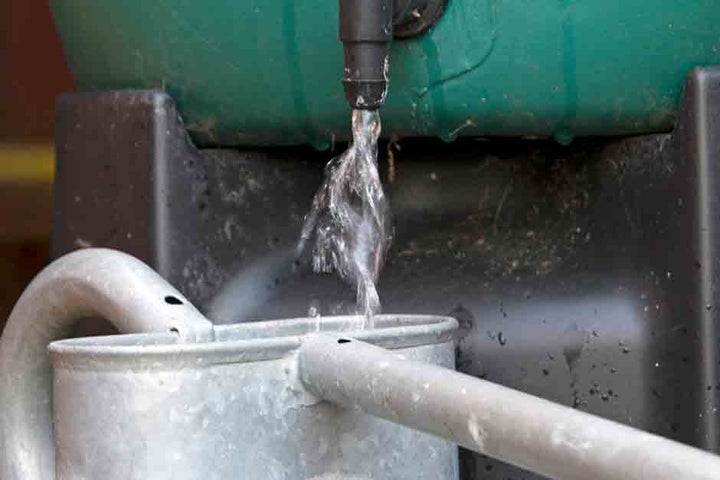
One of the key adjustments you may need to make when changing from peat-based compost to peat-free is with watering. Peat-free composts, especially those containing composted , often hold water for longer, so may need watering less frequently.
They also tend to look dry on the surface, making it easy to overwater. So use your fingers to check the moisture levels under the surface where possible, or lift the container to feel how heavy it is. Also water using a small watering can or even a mist sprayer, so it’s easier to control the amount you apply.
Before sowing seeds, make sure the compost is moist but not soggy. Saturated compost is colder, which can slow down and may cause seedlings and cuttings to rot.
Don’t worry!
If a few small toadstools appear among your seedlings, it's nothing to worry about – they’re quite normal, especially in peat-free mixes that contain composted bark. Just remove them.
3 Apply liquid feed
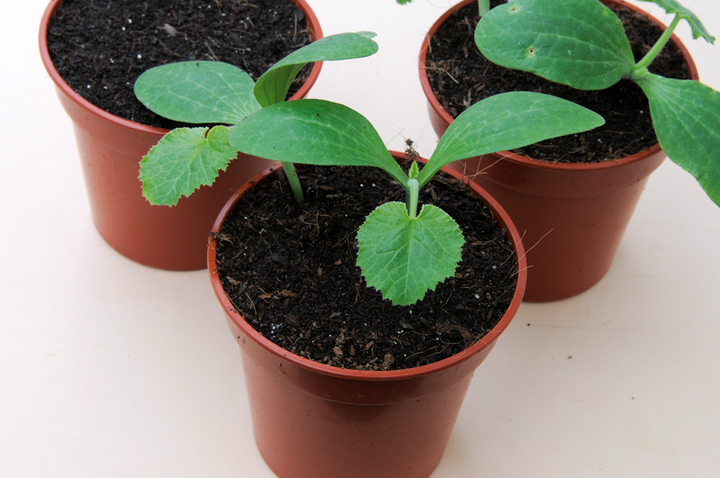
Seed and cuttings compost contains very few nutrients, so start feeding once your seedlings have produced their first true leaves (the leaves that look typical of the plant) – as shown above.
You could use liquid seaweed feed or similar, or home-made options such as diluted comfrey feed or liquid from a wormery. You don’t have to feed every time you water, but apply often enough to keep the plants looking healthy – this might be once a week, but increase if needed.
4 Transplant to larger containers

Once the seedlings are large enough to handle and cuttings are well rooted, move them into a larger container to keep them healthy and growing strongly. If roots are just showing through the bottom of the cell or pot, that’s another good indication they’re ready to move.
Use peat-free multi-purpose or potting compost, which contains more nutrients.
